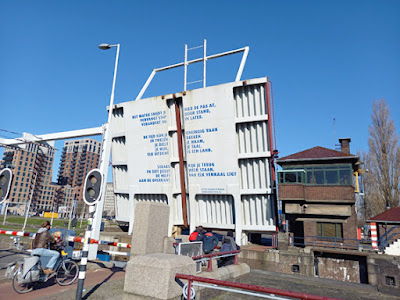In the 1950's Jim and Katherine Stewart long to get out of the city and when they see an ad for a house plus 40 acres, they quickly set off to see it and buy it. The croft is situated in Abriachan, nearly 1000 feet above sea level and can only be reached on foot. When they move in (with their small daugher Helen) there is no piped water supply and no electricity. A winddriven dynamo provides them with light (after a few years a hydro-electric scheme will provide electricity). They get to know their neighbours and begin to understand "what good-neighbourliness can mean in lonely places. Since that day, we have borrowed and lent everything from a loaf of bread to a broody hen and have exchanged services of every kind, from a hand at the dipping to the rescue of a snow-bound truck. We are all faced with the same fundamental problems and we have learnt how utterly dependent we are upon one another in dealing with them." During their first spring they buy a small tractor and a plough and start to work on their farm. They are able to buy a neighbouring property to extend it. This also gives them access to a road. This farm comes with cattle, hens, sheep, goats, ducks and Charlie the pony. From the start they realize that what they are doing can never be more than subsistence farming. "As a business proposition its appeal was abolutely nil, but, of course, we had never looked at it strictly in that light. As a way of life it had endless fascination and reward."
Their aim is to be as self-sufficient as possible. They need to buy little, except clothes. During the years that follow they sell and buy cattle, buy more chickens, grown corn, keep pigs, grow vegetables, cut peat and keep sheep.
To make ends meet Jim needs to take a job and Katherine starts to write. "In a flash it came to me: might not people who were forced to spend their working hours between walls like to hear about what went on in a hill-top croft, of how it was possible to get an immense amount of fun and satisfaction out of lifting loads of mud into a cart, even though your boots were leaking and you knew there was not enough in the kitty to buy another pair?" She sends off an article to a Glasgow newspaper, who are not interested, but much to her suprise and joy The Weekly Scotsman accepts it.
Daughter Helen thrives, making friends with neighbouring children, and walking home from the school bus on her own: "She has always had to do the last bit of the road from school on her own, along the track, through the heather. Sometimes, if the day is really bad, we have hurried to meet her, for she still seems such a minute scrap of humanity, set against the vastness of hill and sky. But not once have we found her in the least disconcerted by snow, gale or thunder. She plods along, with a twinkle in her eye, taking whatever comes."
This is a classic, loved by many.
"There is certainly little room for dramatic highlights in this story of ours".
This is very true. This is not a book to read if you want to know how
to run a smallholding. This is about the rythm of the seasons and the
joy in caring for oneself and sharing everything as a family. Describing
it to someone the other day, I realised it sometimes reminded me of a
children's book where there may be storms, the farm may be completely snowed in, but inside all
is warm, safe and cosy. "The following morning we awoke to the now familiar sound of a northerly gale tearing at us all day. We struggled out three times to see to the animals. The rest of the day we spent huddled at the livingroom fire, swathed in woollen garments, heating panfuls of broth and making tea and cocoa. Helen loved those days of storm, when we were marooned together cosily, in the firelight, with the world whirling madly outside the windowpanes."
My edition features a new postscript by the author, written in 1979. She describes how many things have changed in Scotland and some remain the same. Jim has died and Katharine now lives in the old school-house where she runs a (tiny) Post Office. Daughter Helen and her family live nearby on their small farm.
Kaherine went on to write many more books. She died in 2013. A very interesting obituary can be found here here .





